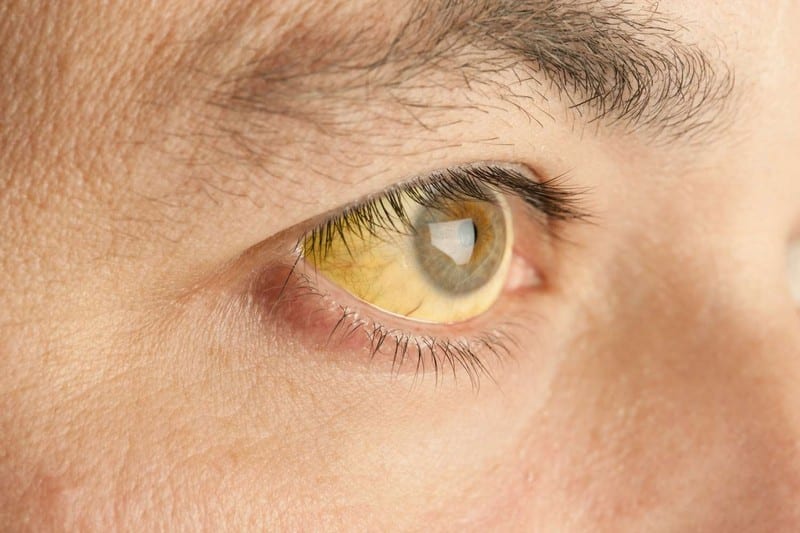Jaundice

Jaundice is a condition in which the skin and whites of the eyes become yellow, giving the patient a “jaundiced” appearance. Jaundice is caused by abnormally high bilirubin levels, a bile pigment normally processed in the liver.
Patients may not show signs of jaundice when first diagnosed with liver disease for some time. People with chronic hepatitis B virus infection can have chronic jaundice without necessarily looking sick. Jaundice can also be seen in acute cases of hepatitis, but not always. For example, there may be no jaundice in viral hepatitis A or E (although some people have a mild yellowing of the skin). Still, there is often significant jaundice in viral hepatitis B and C.
People who have had surgery for liver cancer will not necessarily develop jaundice immediately; however, they can develop it at any point after surgery as their liver heals. If a person has had their gallbladder removed during the surgery, they may notice that jaundice comes on more quickly than it would if they still had their gallbladder because the gallbladder is one of the organs that helps to clear bile and bilirubin from the body.










